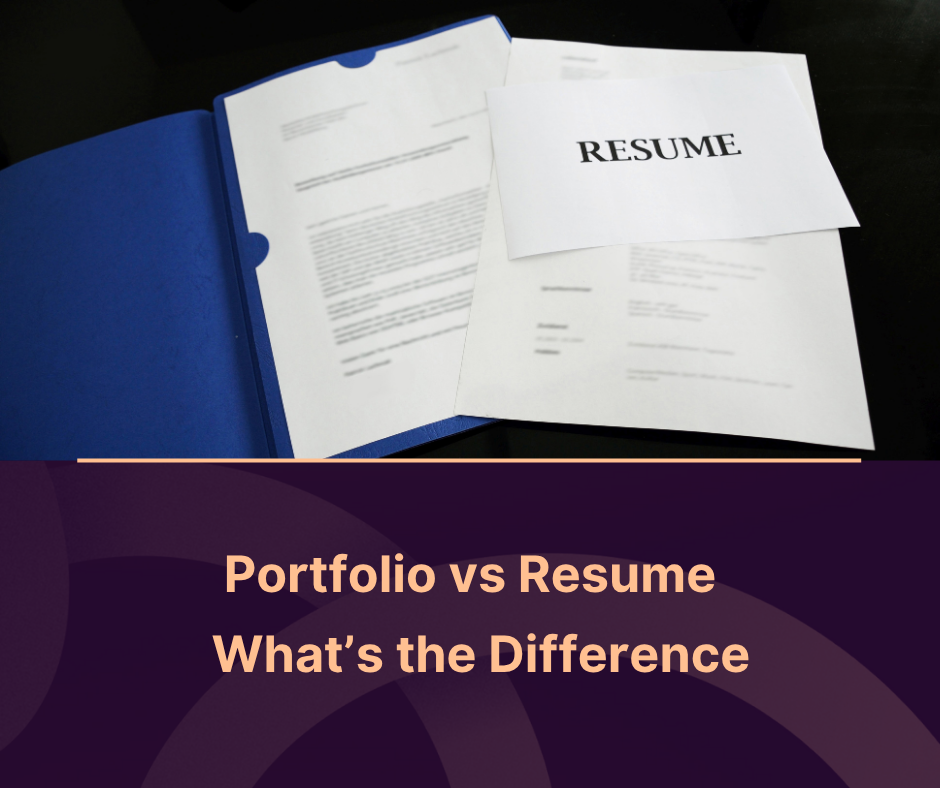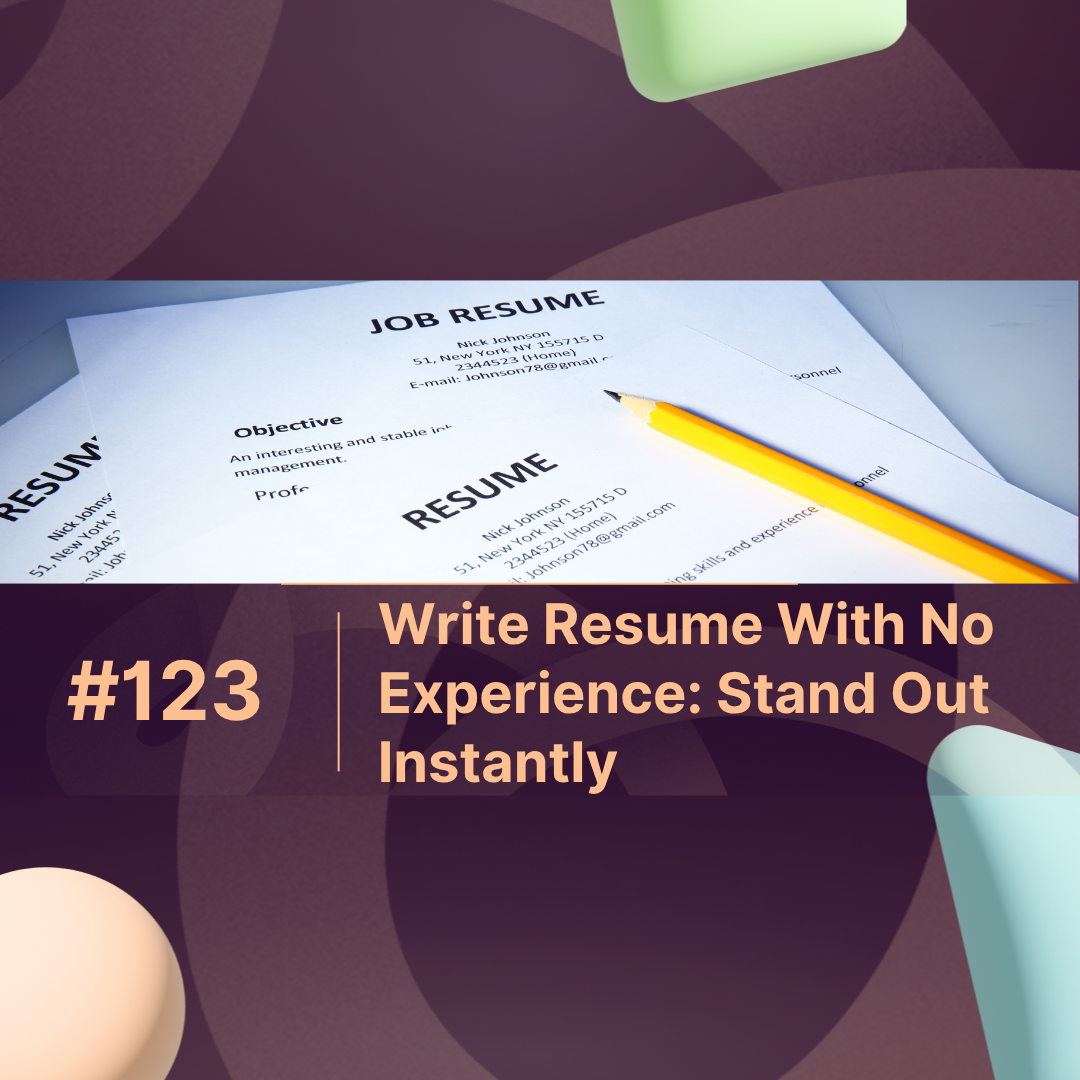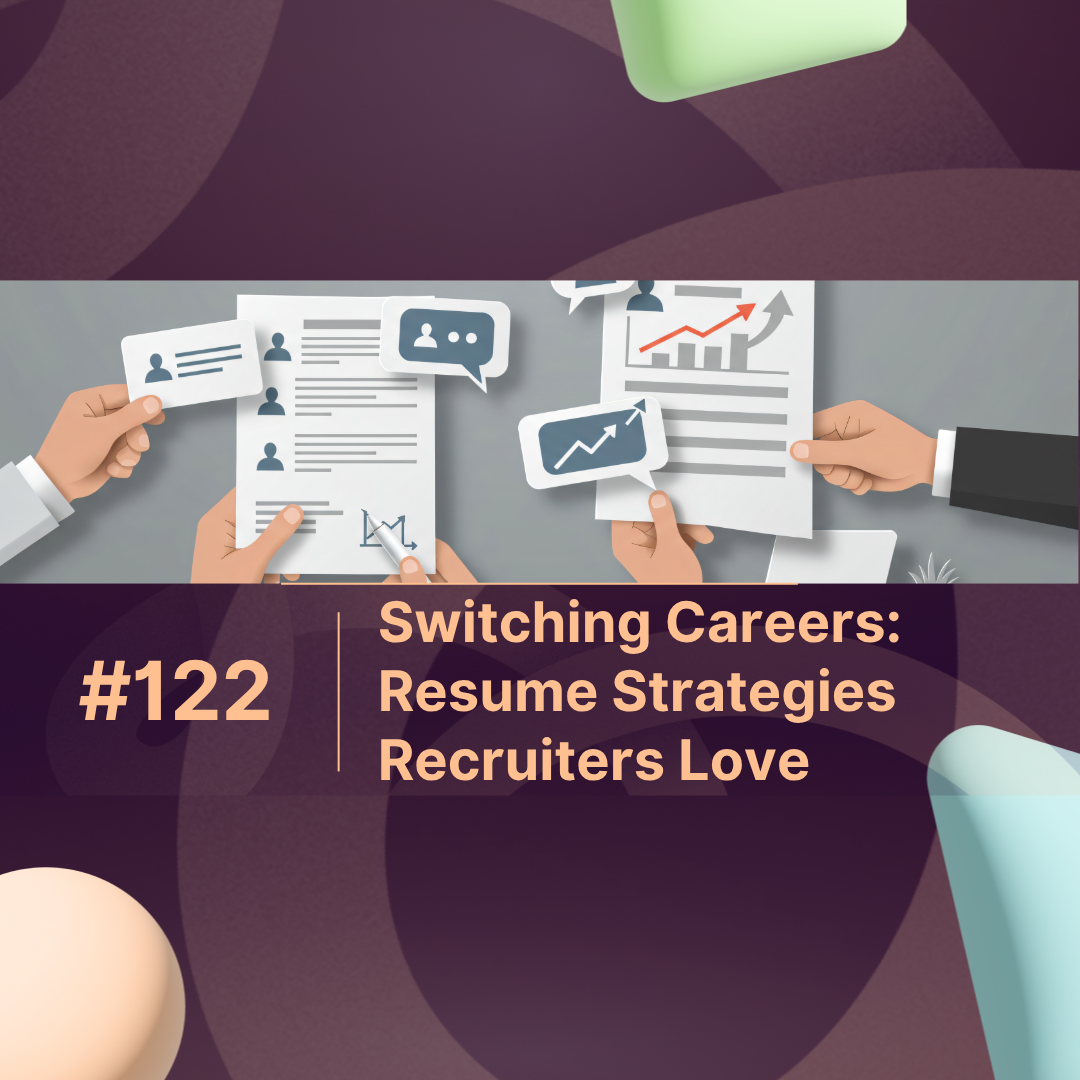Overview
A resume summarizes your professional qualifications, while a portfolio showcases actual work samples. Together, they form a powerful one-two punch in your job search—especially in creative, technical, and digital industries. portfolio vs resume
What Is a Resume?
A resume is a concise, formal document that outlines your career highlights: work experience, education, skills, and achievements. Typically one to two pages, it’s optimized for Applicant Tracking Systems (ATS) and recruiter scans—often reviewed in under 10 seconds.
Core elements include:
-
Contact information
-
Summary or career objective
-
Work experience (in reverse-chronological order)
-
Education and certifications
-
Relevant skills (especially job-specific keywords)
What Is a Portfolio?
A portfolio is a collection of your actual work—think real-world proof of what you can do. Whether you’re a UI/UX designer, content marketer, software developer, or educator, portfolios help employers see your skills in action.
Portfolio formats include:
-
Online portfolios (e.g., Behance, Dribbble, Notion, personal sites)
-
PDFs or interactive presentations
-
Case studies and multimedia breakdowns
Portfolio vs Resume: A Side-by-Side Comparison
| Feature | Resume | Portfolio |
|---|---|---|
| Purpose | Summarize credentials | Showcase skills with real work |
| Format | Text-based, 1–2 pages | Multimedia, flexible length |
| Best For | All industries | Creative, digital, and technical roles |
| Customization | High (per job application) | Moderate (per role or industry) |
| Review Time | 6–7 seconds on average | 1–3 minutes for selected projects |
When to Use a Resume
Use a resume when:
-
Applying through job portals or LinkedIn
-
Submitting to ATS or HR systems
-
Seeking roles in finance, legal, education, or operations
-
You need a quick-hit document to meet recruiter expectations
A well-optimized resume remains your primary entry point. Include targeted keywords and tailor each version to the role.
When to Use a Portfolio
Use a portfolio when:
-
You’re in a project-based or visual field
-
You’re attending interviews or networking events
-
You want to demonstrate process, not just outcomes
-
You’re sharing work via a personal website or email link
Tip: Linking your portfolio within your resume boosts recruiter engagement—especially with a polished maxprofile-style hub.
Why You Need Both (According to Data)
A 2024 LinkedIn Talent Trends survey revealed:
“72% of hiring managers in creative and technical industries prefer candidates who submit both a resume and a portfolio.”
Example Use Case:
A UX designer applying at a tech startup should use a resume to outline skills and experience—and a portfolio to show user flows, prototypes, and problem-solving approach.
Final Thoughts
It’s not about portfolio vs. resume—it’s portfolio plus resume.
Your resume opens doors. Your portfolio closes deals.
Together, they increase your discoverability across platforms, including Google AI Overviews, LinkedIn, and even ChatGPT.
FAQs of portfolio vs resume
1. What is more important: a portfolio or a resume?
Both are important. A resume qualifies you on paper; a portfolio proves you can execute. Use both to maximize job success.
2. Can I use the same portfolio for every job?
Ideally, no. Customize your portfolio by highlighting relevant work for each role or industry.
3. How many projects should I include in a portfolio?
Focus on 3–6 strong, relevant projects. Quality matters more than quantity.
4. Should I link my portfolio in my resume?
Absolutely. Use a clickable link or QR code. Make sure it’s mobile-friendly and updated regularly.
5. Do recruiters actually view portfolios?
Yes. Especially in digital, marketing, and design roles. Portfolios often make the difference in final-round decisions.



